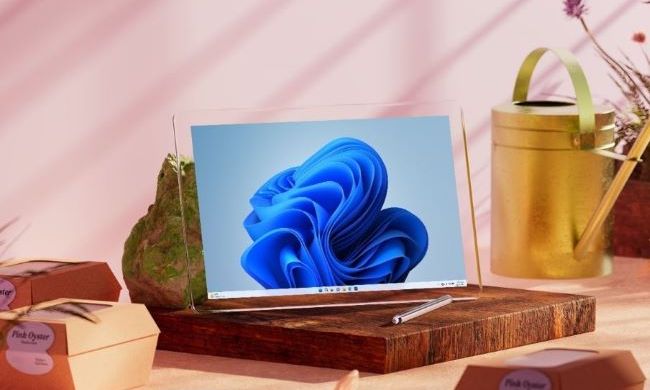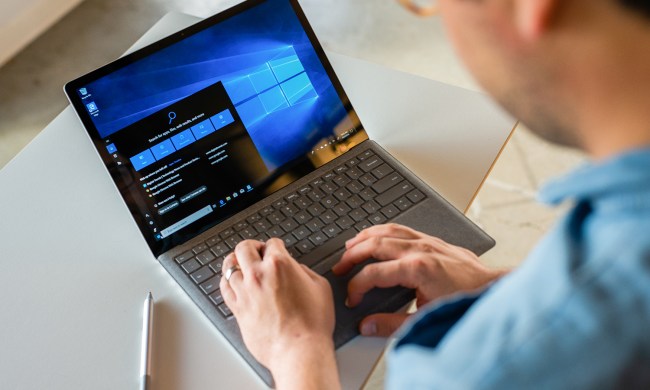
Related: Windows 10 Technical Preview: How to download and install
By going to the Windows 10 folder and searching for “Cortana,” the Technical Preview generated a folder, and a handful of files with the word “Cortana” clearly in them. Take a look at the screenshot below.

When we performed the same search in multiple systems running Windows 8.1, we didn’t find anything of the sort.
The “Windows\WinSxS” and “Windows\System32” folders in the Windows 10 Technical Preview contains files with names like “Windows.Cortana.dll,” and Windows.Cortana.ProxyStub.dll,” as you can see in the image above. But what does DLL mean?
DLL stands for “Dynamic Link Libraries,” and are a commonly found file type. As Microsoft puts it in this official Knowledge Base document, DLL files provide “much of the functionality of the program” that they reside in. In other words, often times, DLL files are needed to make apps, programs, and features in Windows work.
So, presumably, if Microsoft is already including DLL files containing the phrase “Cortana” in the Windows 10 Technical Preview, this strongly implies that Cortana will be an added feature sometime in the future.
Prior to the release of the Windows 10 Technical Preview, leaks and rumors indicated that Cortana could appear as a feature in Windows 10. During Microsoft’s Windows 10 presentation on September 30, the tech giant didn’t specifically mention that Cortana would arrive on Windows 10, but did say that the OS, which is currently in an early stage of development, would receive more consumer-oriented features between now and its release sometime in the middle of 2015.
Related: Windows 10 Technical Preview hands on
“Early in 2015 we’ll introduce the consumer chapter and talk much more about other device types and more consumer features,” Microsoft exec Terry Myerson said in this Windows 10 announcement blog post.
At this point, Windows 10 offers a small handful of new features, including a revamped Start menu, the option to run Metro apps in windows, and the ability to have multiple virtual desktops open simultaneously.


